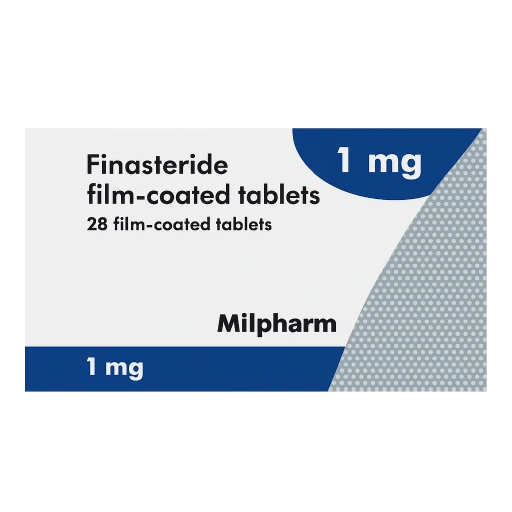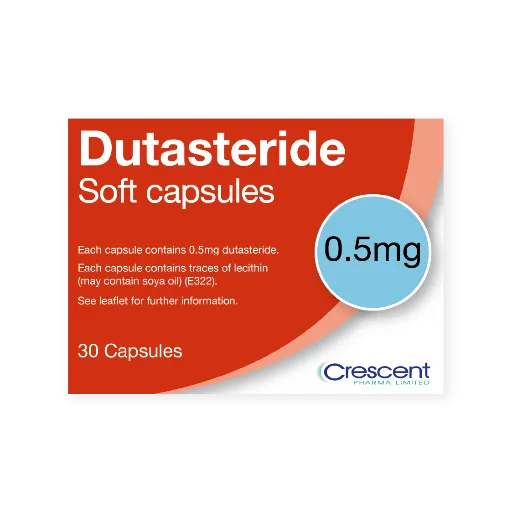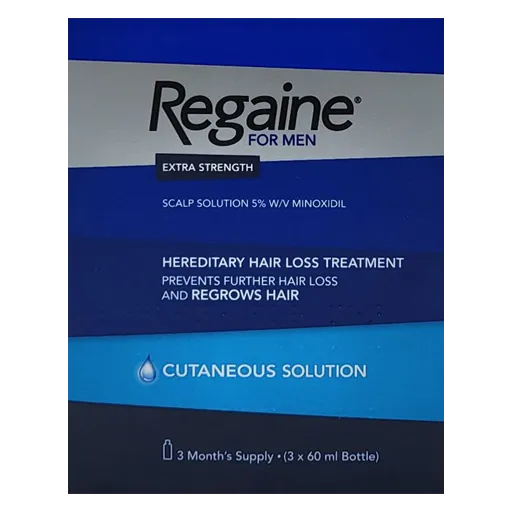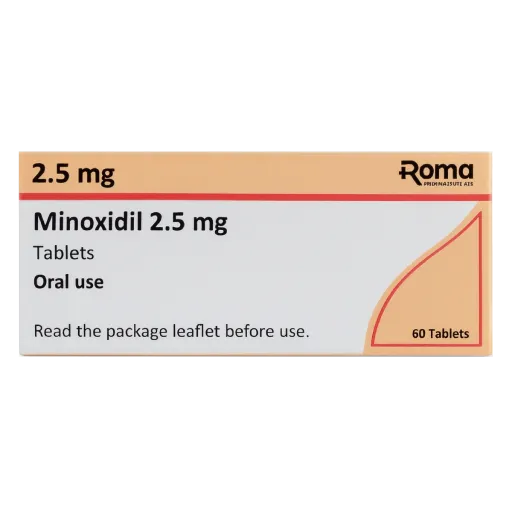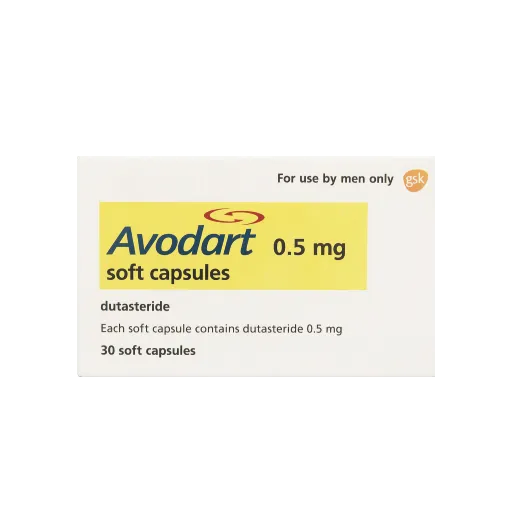hair loss consultation
Please fill in the questionnaire below. Any information provided will be kept confidential and will only be seen by a prescriber. These questions are designed to give our prescriber enough information to make a decision on whether the treatment is suitable, please fill them in truthfully.
hair loss treatments
Hair loss is common in both men and women. 85% of men will be affected by hair loss at some point in their lives and some 8 million women in the UK experience hair loss. Hair loss can be the result of heredity, hormonal changes, medical conditions or just a part of aging. Hair loss with age is the most common cause of hair less. It can be slowed down with some lifestyle changes, there are also various medicines to help treat the problem. The earlier you start treatment the better it will work.
-
POM
-
POM
-
POM
-
P
-
POM
-
POM
Hair Loss
Hair loss, also known as alopecia, is a common condition that affects both men and women. It can happen gradually or suddenly and may be temporary or permanent depending on the cause.
While it's normal to lose 50 to 100 hairs a day, noticeable thinning or bald patches could indicate an underlying issue. Hair loss can affect the scalp or the entire body and may impact self-esteem and confidence.
What causes hair loss?
Hair loss can be caused by a range of factors, including medical, genetic, lifestyle, and environmental reasons.
Here are the most common causes:
Genetic and hormonal causes:
- Male and female pattern baldness: The most common cause of hair loss, typically inherited and linked to hormones like dihydrotestosterone (DHT).
- Hormonal changes: Pregnancy, childbirth, menopause, or thyroid problems can trigger temporary hair loss.
Medical causes:
- Alopecia areata: An autoimmune condition where the body attacks its own hair follicles, causing sudden patchy hair loss.
- Scalp infections: Fungal infections like ringworm can lead to hair loss if not treated.
- Chronic illnesses: Conditions like lupus, diabetes, or iron deficiency anaemia can lead to hair thinning.
- Medications: Hair loss can be a side effect of drugs like chemotherapy, antidepressants, blood thinners, or acne treatments like isotretinoin.
Lifestyle and external factors:
- Stress: Physical or emotional stress can cause temporary hair shedding known as telogen effluvium.
- Poor nutrition: Low protein, iron, or other vitamin deficiencies can contribute to weak hair growth.
- Hairstyles and treatments: Tight hairstyles (like ponytails or braids), chemical treatments, or heat styling can lead to traction alopecia.
- Sudden weight loss or crash dieting: These can shock the system and affect the hair growth cycle.
How do I know if I'm losing too much hair?
It's normal to shed some hair daily, but certain signs may indicate abnormal hair loss:
- Thinning on the scalp: A gradual thinning or widening part line could be an early sign of pattern baldness.
- Receding hairline: Often seen in men, starting from the temples and moving backwards.
- Patchy bald spots: Sudden, round bald areas may suggest alopecia areata.
- Clumps of hair falling out: Large amounts of hair on your pillow, in the shower, or on your brush could be a sign of excessive shedding.
- Itchy, flaky scalp or redness: This may point to infection or skin issues contributing to hair loss.
If you notice any of the above, it's a good idea to speak to a healthcare professional for further assessment and to explore possible treatments.
Hair loss treatments
There are several treatment options for hair loss depending on the cause and severity. Some treatments aim to slow down hair loss while others help promote regrowth.
Here are some of the most common treatments:
Minoxidil (Regaine)
- Available forms: Foam or liquid solution
- How it works: Increases blood flow to the hair follicles and prolongs the growth phase
- Effectiveness: Can slow hair loss and promote regrowth in some people, particularly for androgenetic alopecia
- Use: Applied to the scalp twice daily
Finasteride (Propecia)
- Form: Oral tablet
- How it works: Blocks the action of DHT, the hormone linked to male pattern baldness
- Effectiveness: Helps stop hair loss and can encourage regrowth in men
- Use: Taken once a day, only licensed for use in men
Dutasteride (Avodart)
- Form: Oral capsule
- How it works: Blocks both type I and type II forms of the enzyme that converts testosterone into DHT
- Effectiveness: May be more potent than finasteride in reducing DHT and improving hair growth
- Use: Taken once daily, commonly used off-label for hair loss
Other treatment options include:
- Hair transplant surgery: A cosmetic procedure that moves hair follicles from one area of the scalp to another.
- Platelet-rich plasma (PRP) therapy: Involves injecting your own platelets into the scalp to stimulate hair growth.
- Low-level laser therapy (LLLT): A non-invasive treatment that may stimulate hair follicles.
- Nutritional supplements: If your hair loss is due to a deficiency, correcting it with supplements like iron, vitamin D, or biotin may help.
Will the treatments work?
Many people find that treatments such as minoxidil, finasteride, or dutasteride are effective in slowing hair loss or even promoting regrowth.
However, results vary from person to person and it can take up to 3-6 months to notice any improvement. Consistent use and early intervention typically lead to better results.
It's also important to manage expectations—some people may not regain all lost hair, but treatment can prevent further loss and improve hair density.
Hair loss treatment side effects
Most treatments for hair loss are well tolerated, but side effects can occur:
- Minoxidil: Scalp irritation, itching, or unwanted facial hair growth if applied incorrectly
- Finasteride: Reduced libido, erectile dysfunction, or breast tenderness in some men
- Dutasteride: Similar to finasteride but may have a longer half-life and higher risk of sexual side effects in some individuals
Rare but serious side effects should be reported to your doctor. Stopping treatment often leads to hair loss returning, so ongoing use may be needed to maintain results.
